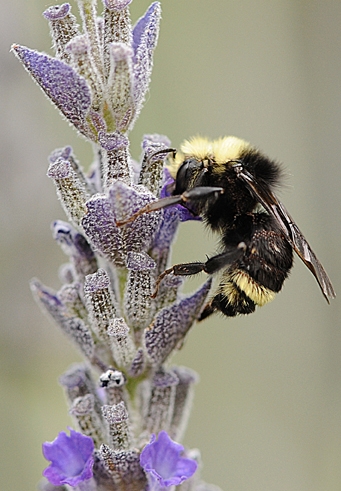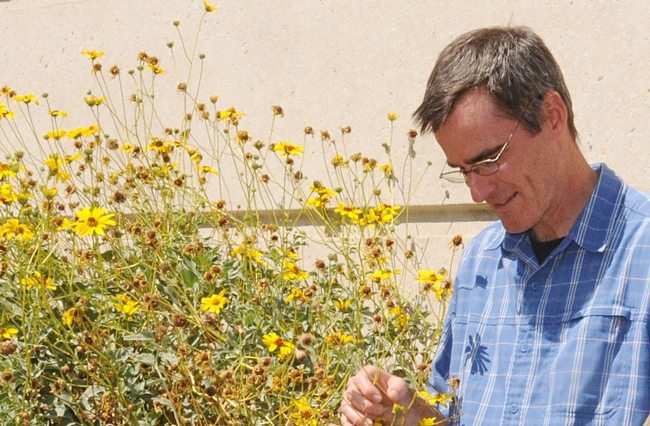
Pollination ecologist Neal Williams, assistant professor of entomology at UC Davis, will be one of the featured speakers at the International Symposium on Pollinator Conservation, to be held Jan. 27-29 in Fukuoka, Japan.
His talk will explore agricultural landscape change and the role of bee life history in predicting and understanding responses of bee communities. The conference, sponsored by the Japan Society of the Promotion of Science and themed "Conservation and Sustainable Use of Pollinators: Towards Global Assessments," will take place on the Hakozaki campus, Kyushu University.
Williams is the only invited speaker from California. (See his lab research)
“Bees provide a critical ecosystem service for humanity through their pollination of crops worldwide,” said Williams, who will speak on “Bee Life History and Resource Distributions Determine Population and Community Responses to Agricultural Landscape Change.”
“There is increasing recognition of the contributions of wild species to crop pollination and their role in sustainable pollination into the future. The persistence of wild bee species depends on the availability of essential nesting sites and forage resources within the landscape. Agriculture management can profoundly change the abundance and distribution of these resources over time and space."
“Because bee species differ in specific nesting and forage requirements, there is the potential for land transformation to filter wild bee communities based on such ecological traits,” Williams said. “I will present two separate studies from central California exploring the role nesting and forage resources in determining bee responses to agricultural intensification. The first study explores the effects of bee life history traits and resource distributions on observed changes in bee communities between semi-natural and farmland components of an agricultural landscape.
“I will use a combination of empirical data sampled over multiple landscapes and spatial modeling of bee communities to reveal the relative importance of forage and nesting resources to bee responses. The second study focuses on the bumble bee Bombus vosnesenskii. I will use empirical data on bumble bee colony performance and a spatially-explicit model of floral abundance to quantify the importance the forage-resource landscape in determining worker and queen production.”
Williams pointed out that “the abundance of forage strongly affected worker production; however, it was most sensitive to early season resources. Spatio-temporal variation in the resource landscape across the season reduced the overall effect of the forage landscape on queen production. Nonetheless consistent forage resources are key to the persistence of bumble bee populations in this region.”
Attached Images:

UC Davis pollination ecologist Neal Williams is one of the featured speakers at an international symposium. (Photo by Kathy Keatley Garvey)